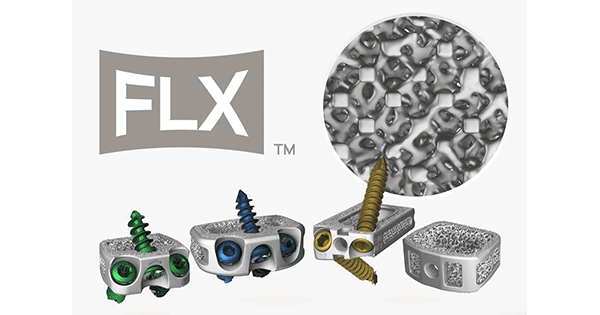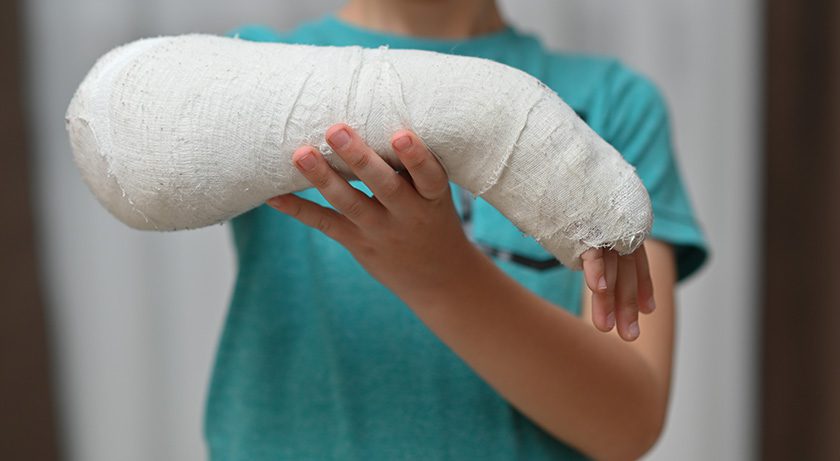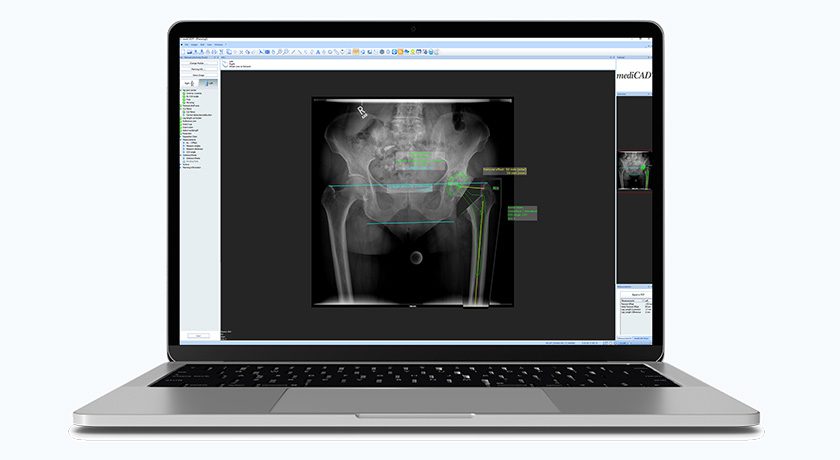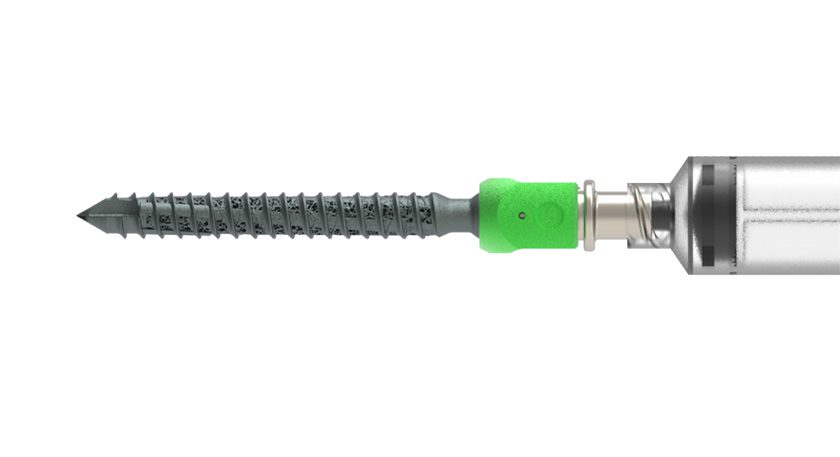

 Copy to clipboard
Copy to clipboard 
Centinel Spine successfully surpassed 3,500 implantations with its novel FLX™ technology platform of 3D-Printed Porous-Titanium Interbody Devices. This is an increase from 1,000 cases reported in mid-2019.
3D-printed porous titanium FLX implants boast equivalent subsidence performance to PEEK, contain a proprietary, interconnected FUSE-THRU™ lattice with a structure and modulus of elasticity similar to bone, and have optimized mechanical, visual and osteophillic environments designed to reduce stress shielding, enable fusion assessment and support bony in-growth, on-growth and thru-growth.
FLX technology is an option available with Centinel Spine’s ACTILIF and STALIF® interbody portfolios. STALIF FLX implants are built upon the proven STALIF design, which has over 30 years of clinical history. STALIF implants provide compressive fixation at the fusion site, pulling vertebral bodies onto the implant and graft material to enhance opportunities for fusion in line with Wolff’s Law of Bone Healing.
“We believe that FLX has the preferred combination of porosity, micro, and nano-structural characteristics while maintaining strength and integrity through intentional design” said Centinel Spine CEO Steve Murray. “The technology is backed by science – a cellular study conducted at the Hospital for Special Surgery in NY demonstrates that FLX is collaborative with its environment and truly enhances bone integration.”
Centinel Spine successfully surpassed 3,500 implantations with its novel FLX™ technology platform of 3D-Printed Porous-Titanium Interbody Devices. This is an increase from 1,000 cases reported in mid-2019.
3D-printed porous titanium FLX implants boast equivalent subsidence performance to PEEK, contain a proprietary, interconnected...
Centinel Spine successfully surpassed 3,500 implantations with its novel FLX™ technology platform of 3D-Printed Porous-Titanium Interbody Devices. This is an increase from 1,000 cases reported in mid-2019.
3D-printed porous titanium FLX implants boast equivalent subsidence performance to PEEK, contain a proprietary, interconnected FUSE-THRU™ lattice with a structure and modulus of elasticity similar to bone, and have optimized mechanical, visual and osteophillic environments designed to reduce stress shielding, enable fusion assessment and support bony in-growth, on-growth and thru-growth.
FLX technology is an option available with Centinel Spine’s ACTILIF and STALIF® interbody portfolios. STALIF FLX implants are built upon the proven STALIF design, which has over 30 years of clinical history. STALIF implants provide compressive fixation at the fusion site, pulling vertebral bodies onto the implant and graft material to enhance opportunities for fusion in line with Wolff’s Law of Bone Healing.
“We believe that FLX has the preferred combination of porosity, micro, and nano-structural characteristics while maintaining strength and integrity through intentional design” said Centinel Spine CEO Steve Murray. “The technology is backed by science – a cellular study conducted at the Hospital for Special Surgery in NY demonstrates that FLX is collaborative with its environment and truly enhances bone integration.”

You’ve reached your limit.
We’re glad you’re finding value in our content — and we’d love for you to keep going.
Subscribe now for unlimited access to orthopedic business intelligence.
JV
Julie Vetalice is ORTHOWORLD's Editorial Assistant. She has covered the orthopedic industry for over 20 years, having joined the company in 1999.







